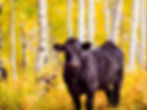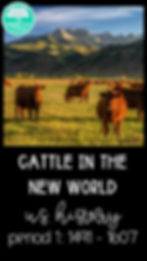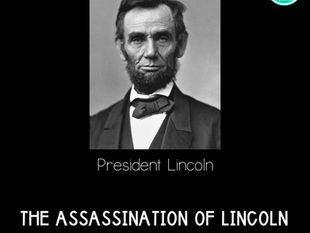
A Free Reading Passage on Cattle in the New World for AP U.S. History
May 7, 2024
2 min read
0
23
0
The effect of cattle in the New World is a referenced topic in the Columbian Exchange, Spanish Exploration, and Conquest topic in Period 1 of AP U.S. History. You could reference this example on your AP U.S. History test.

When European settlers first arrived in the New World, they brought with them a host of plants and animals, including cattle, which played a crucial role in their efforts to establish colonies and build new societies. European cattle were prized for their utility in agriculture, providing meat, milk, and labor for farming activities. Additionally, they symbolized prosperity and civilization, serving as a tangible reminder of European dominance and cultural superiority in the New World. Thus, the introduction of cattle to the Americas was not only a practical necessity but also a symbolic assertion of European power and identity.
The settlers allowed cattle to roam freely in the New World, where they grazed extensively on the lush grasslands and vegetation. However, this practice of unrestricted grazing had profound consequences for the environment. European cattle competed with native herbivores such as bison, elk, and deer for resources, leading to habitat degradation and displacement of these species. Moreover, the overgrazing of native plants by cattle resulted in the destruction of natural habitats and loss of biodiversity. Additionally, European cattle often trampled and consumed native crops cultivated by indigenous peoples, leading to food shortages and economic hardship for native communities.
Native tribes had varied reactions to the presence of European cattle in the New World. Some groups, such as the Cherokee and Creek tribes, adopted cattle into their traditional practices, integrating them into their economies and cultural ceremonies. However, other tribes, such as the Comanche and Apache, resisted the encroachment of cattle onto their lands, viewing them as symbols of European colonization and domination. In some cases, indigenous peoples resorted to drastic measures to deter cattle from grazing in their territories, such as cutting the stomachs of cattle, causing them to die a slow and agonizing death. This practice served as a powerful symbol of resistance against European encroachment and a warning to settlers of the consequences of their actions.
In conclusion, the introduction of European cattle to the New World had far-reaching consequences for both the environment and indigenous peoples. The unrestricted grazing of cattle fundamentally altered ecosystems, leading to habitat degradation and displacement of native species. Moreover, the presence of cattle contributed to conflicts between European settlers and native tribes over land use and resource management. As we reflect on the legacy of European colonization in the Americas, the impact of cattle serves as a reminder of the complex interactions between humans and the environment, and the enduring struggles of indigenous peoples to defend their lands and way of life against colonial expansion.
PRINTABLE READING PASSAGE ON CATTLE IN THE NEW WORLD
Would you prefer to share a printable passage with your students? Click the image below to grab it!
Do you want to watch a video about cattle in the New World?
Columbian Exchange, Spanish Exploration, and Conquest
AP U.S. History







